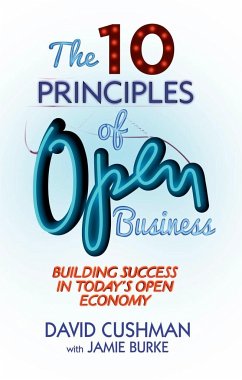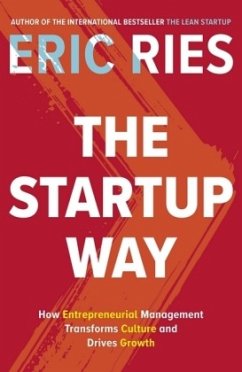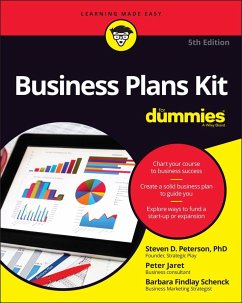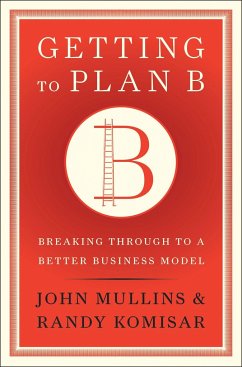Nicht lieferbar
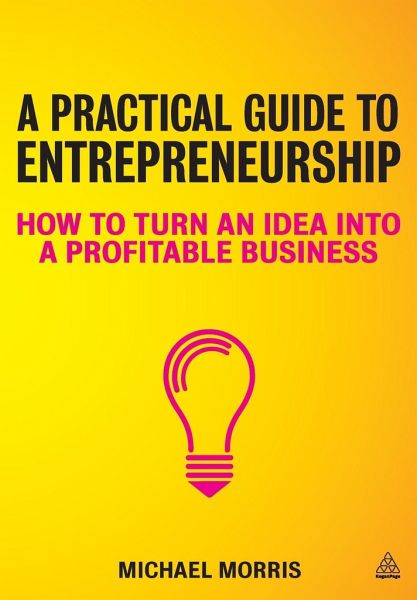
A Practical Guide to Entrepreneurship
How to Turn an Idea Into a Profitable Business
Versandkostenfrei!
Nicht lieferbar
A Practical Guide to Entrepreneurship combines well-researched understanding of entrepreneurship issues with practical guidance in the form of case studies, exercises, advice and tips. Developed as a textbook based on the bestseller Starting a Successful Business by the same author, it's ideal for teaching undergraduates, postgraduates and MBA students, offering a solid learning experience and a contemporary overview of the subject. It will also appeal to students who are looking for a supplementary text or indeed anyone who is thinking of starting their own business. It includes a section on ...
A Practical Guide to Entrepreneurship combines well-researched understanding of entrepreneurship issues with practical guidance in the form of case studies, exercises, advice and tips. Developed as a textbook based on the bestseller Starting a Successful Business by the same author, it's ideal for teaching undergraduates, postgraduates and MBA students, offering a solid learning experience and a contemporary overview of the subject. It will also appeal to students who are looking for a supplementary text or indeed anyone who is thinking of starting their own business. It includes a section on generating and screening ideas, summaries of academic models and theories, information on new developments in the field and useful supplementary online material for students and teachers. Online supporting resources for this book include a business plan template, instructors manual, budget figures and lecture slides for each chapter.




